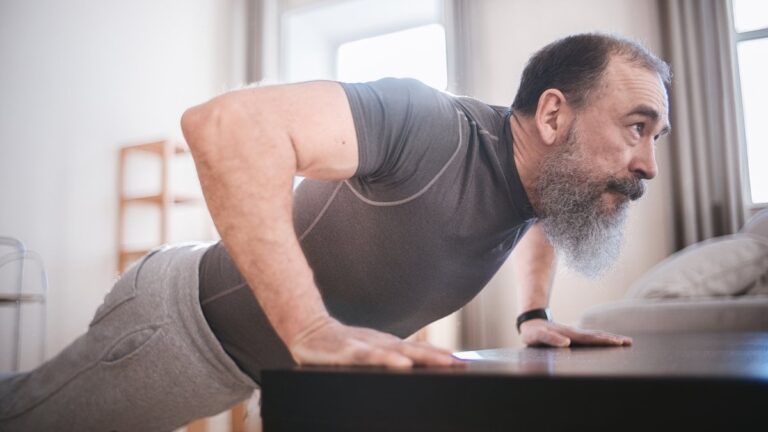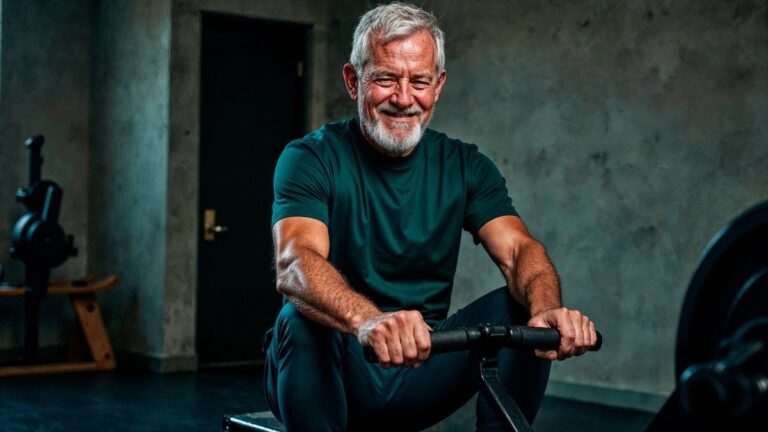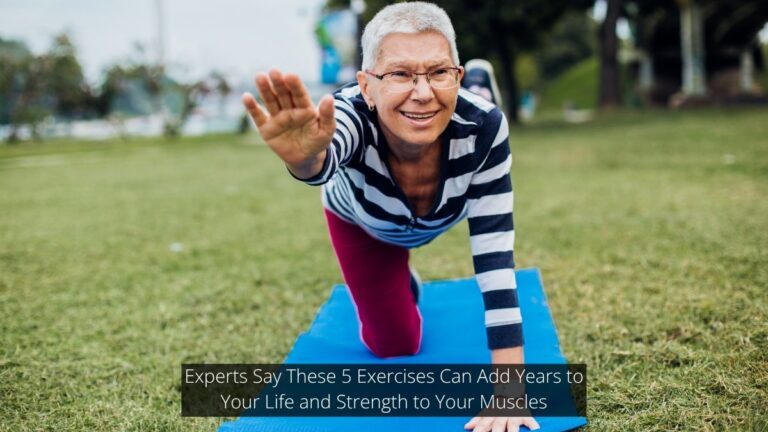How to Build “Age-Proof” Muscle (Even If You’ve Never Lifted a Weight in Your Life)
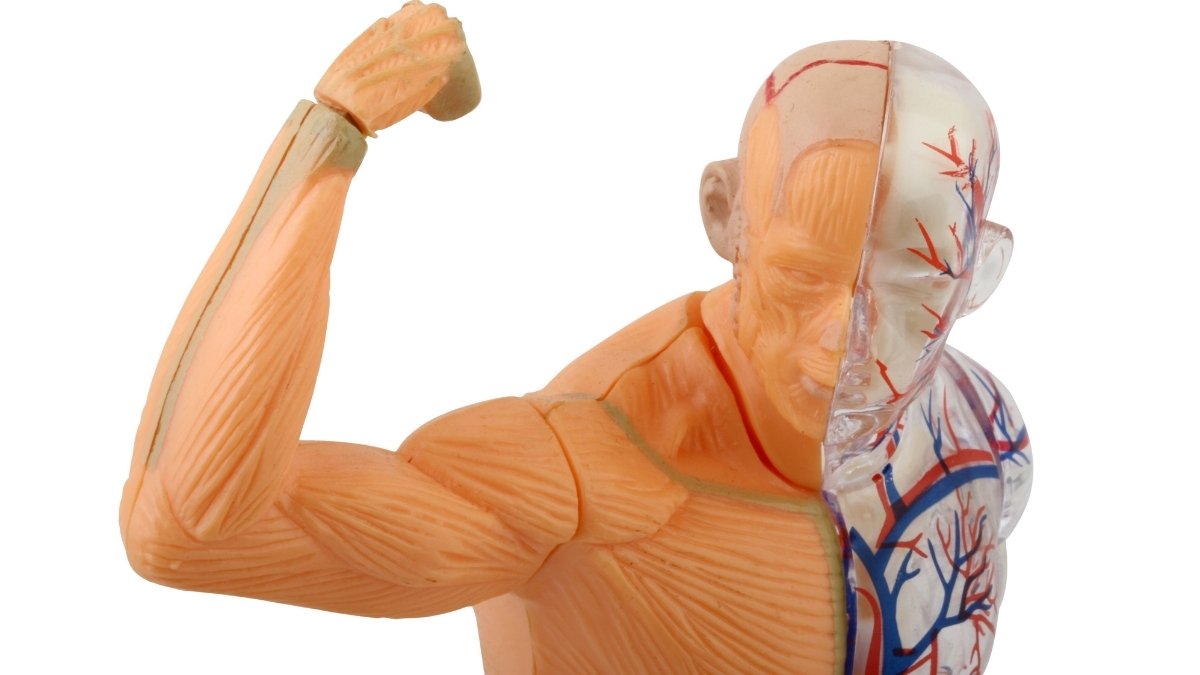
Does opening a tight jar feel tougher than it used to? Or do you feel a little less steady when you take the stairs? This feeling is very common. It is not just in your head.
This natural slowing down has a name: age-related muscle loss, sometimes called sarcopenia. Research shows that muscle mass can decrease by 3-8% every ten years after you turn 30. That rate of decline gets even faster after you pass 60.
This loss of muscle is why everyday tasks can feel harder. It is also why a simple stumble can become a much more serious problem. But here is the good news: This is not a one-way street.
You can and should build muscle at any age. This article is your simple, step-by-step guide to build “age-proof” muscle right from your living room.
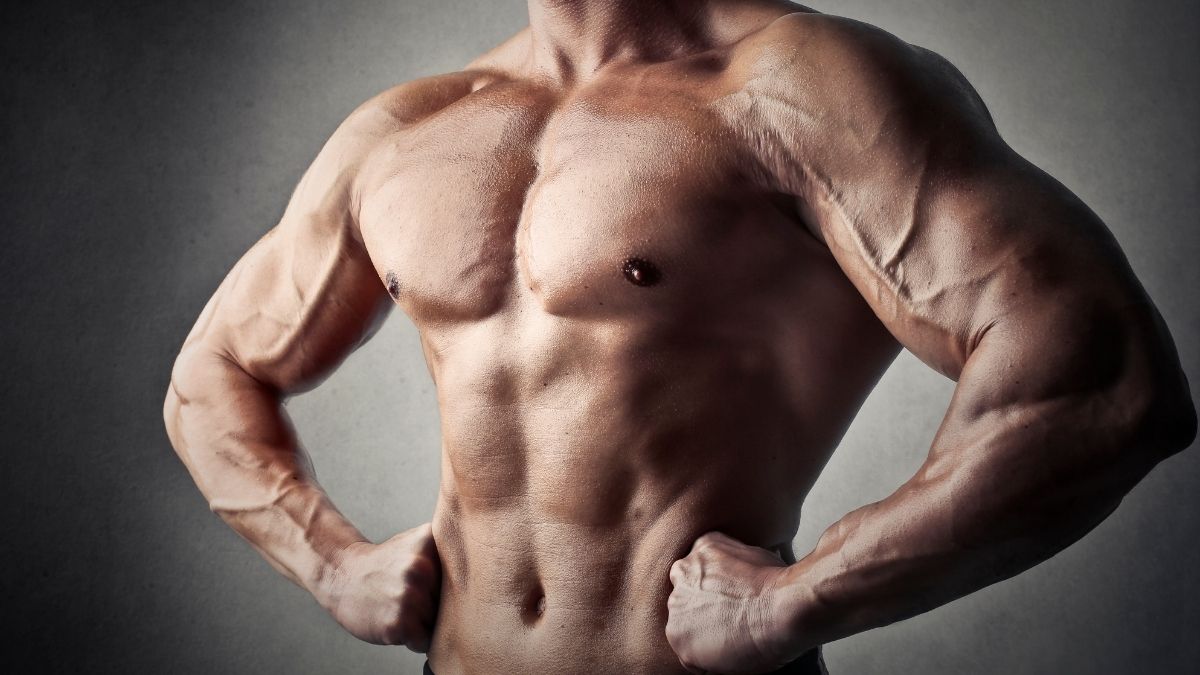
We will show you exactly what to do. You will learn simple, safe exercises and the right foods to eat to get stronger. No heavy weights or expensive gym membership is needed.
🏋️ Your First 4-Week Plan
5 Simple Bodyweight Exercises for Beginners Over 50
Consistency Over Intensity
Rest Days Matter!
Movements
Movements
H2: What Is Sarcopenia? And Why “Age-Proof” Muscle Is Your Greatest Health Asset
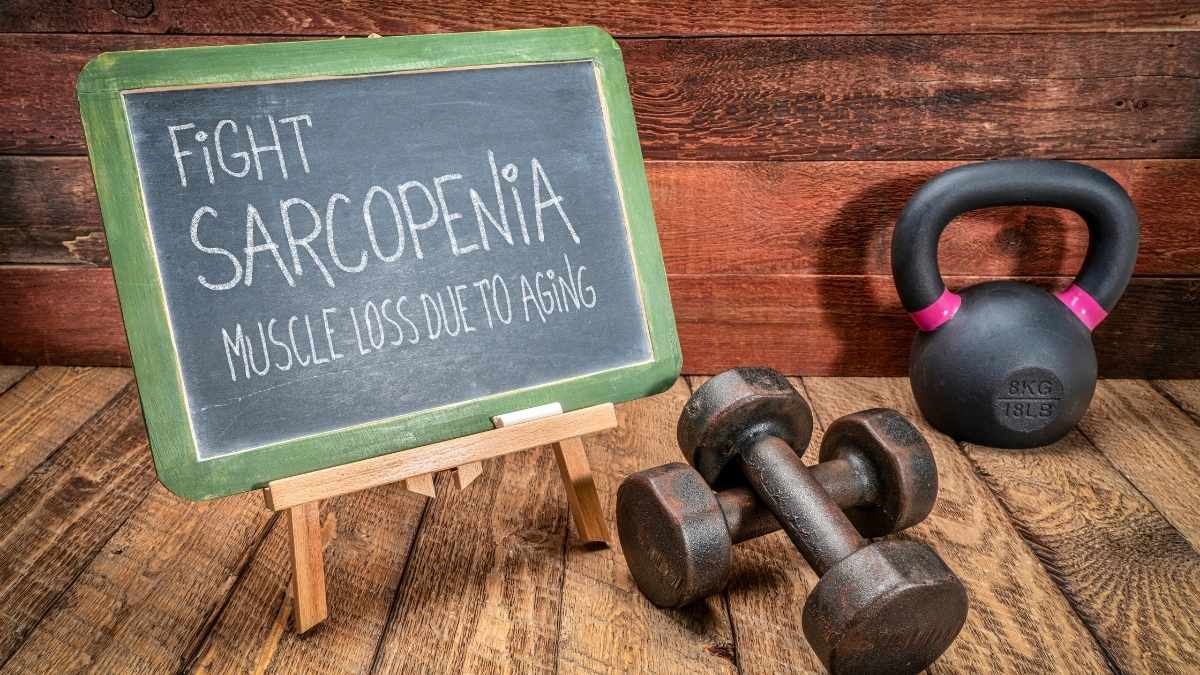
You may notice that opening a jar or climbing stairs feels harder than it used to. This common feeling has a name: what is sarcopenia. It is the natural loss of muscle mass and function as we age, and it’s the main reason a simple trip or fall can become a serious problem.
But you can fight back. Building muscle is like giving your body a metabolic upgrade. Muscle tissue burns more calories than fat, even when you are resting. This helps your body manage blood sugar, which is a key way to lower your risk of Type 2 diabetes.

Think of your muscles as the “shock absorbers” for your skeleton. Strong muscles take the strain off your joints, like your knees and hips. This action also pulls on your bones, signaling your body to build and maintain crucial bone density.
This isn’t about looking like a bodybuilder. It’s about real-life function: carrying groceries, playing with grandkids, and living independently. Research shows that exercise programs including strength training can significantly reduce fall risk (by as much as 35%), which is a direct investment in your safety and freedom
Your First 4-Week Plan: 5 Simple Bodyweight Exercises for Beginners

This plan is about being consistent, not intense. Your goal is to do these exercises 3 days a week, such as Monday, Wednesday, and Friday. This schedule gives your muscles time to rest and grow stronger.
Always start with a 5-minute warm-up. This is important. March in place, roll your shoulders, or do gentle arm circles to get your blood flowing and prepare your body for movement.
Here are the five simple, functional moves. They are a great starting point for strength training for beginners over 50. Focus on slow, controlled movements for every exercise.
1. The Chair Squat (for lower body strength)

This builds strength in your legs and hips. It makes it easier to stand up from a chair or climb stairs. You will need one sturdy chair that will not slide.
- Stand in front of the chair with your feet about shoulder-width apart.
- Keep your back straight and your chest up.
- Slowly bend your knees and lower your hips back, as if you are about to sit down.
- Gently tap the chair seat with your hips, but do not sit down completely.
- Push through your heels to stand back up to the starting position.
2. The Wall Push-up (for upper body and core)
This is a safe way to build strength in your chest, shoulders, and arms. All you need is a clear, solid wall space.
- Stand facing a wall, about one or two feet away.
- Place your hands flat on the wall, slightly wider than your shoulders.
- Keep your back and legs in a single straight line.
- Slowly bend your elbows and lower your chest toward the wall.
- Push back slowly until your arms are straight again.
3. The Glute Bridge (for back and hip strength)
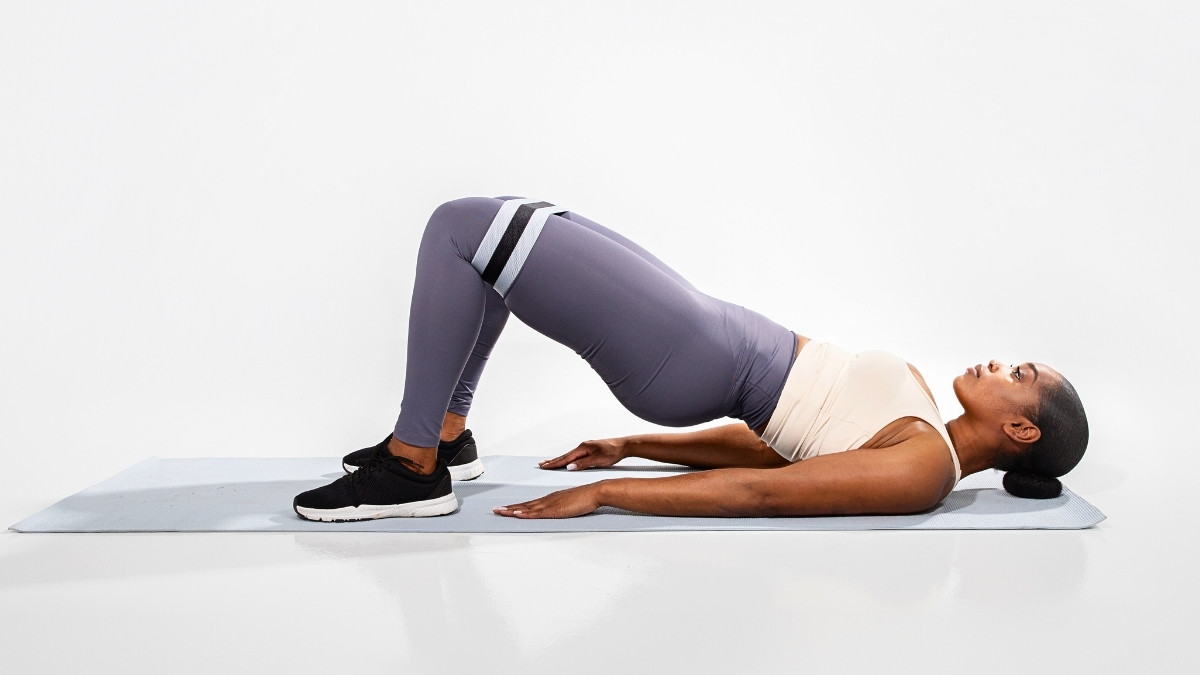
This exercise is fantastic for strengthening your glutes and lower back. This helps support your spine and can improve your posture.
- Lie on your back on a mat or carpet.
- Bend your knees and place your feet flat on the floor, hip-width apart.
- Rest your arms by your sides with your palms down.
- Squeeze your glutes and lift your hips off the floor.
- Create a straight line from your shoulders to your knees.
- Hold for one second, then slowly lower your hips back down.
4. The Bird-Dog (for core stability and balance)

This move trains your core and back muscles to work together. It is one of the best bodyweight exercises for seniors because it also improves your balance.
- Start on your hands and knees on the floor.
- Keep your back flat, like a tabletop.
- Slowly extend your right arm straight out in front of you.
- At the same time, extend your left leg straight out behind you.
- Hold for 3 seconds. Try not to let your hips tilt.
- Slowly return to the start and repeat on the other side (left arm, right leg).
5. The Towel Row (for upper back strength)
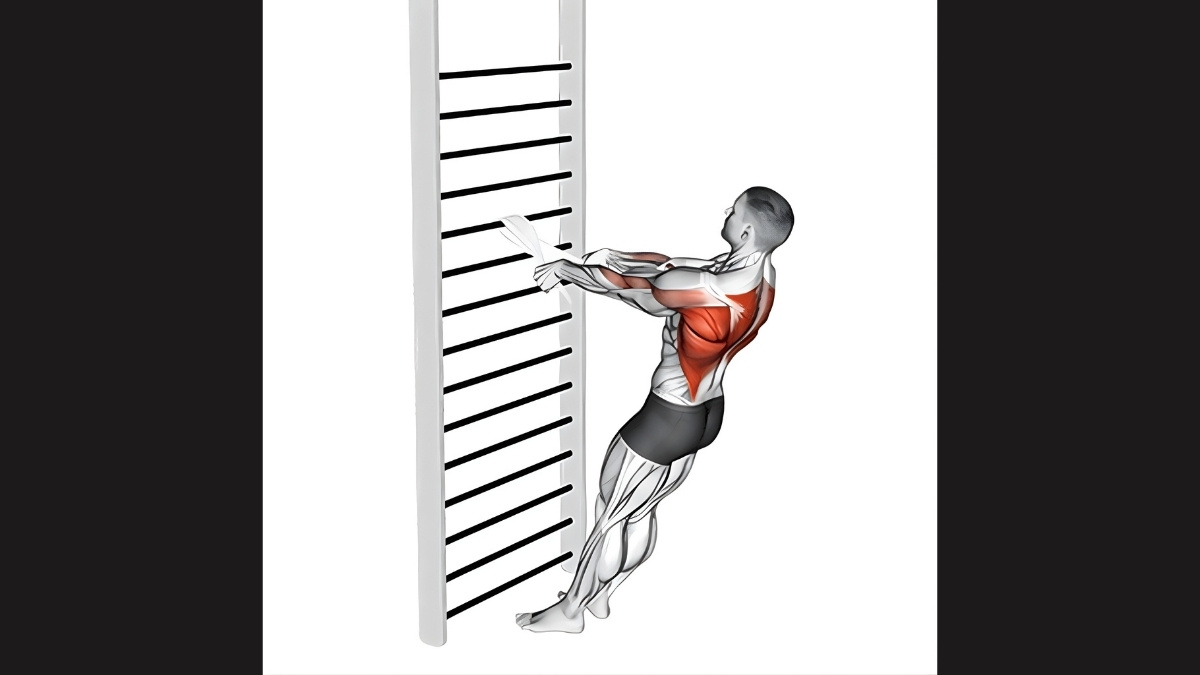
We often push things, but pulling is just as important. This move strengthens your upper back, which helps you pull open heavy doors and maintain good posture.
- You will need a strong towel (like a dish or bath towel).
- Loop the towel over a very sturdy, closed doorknob.
- Hold one end of the towel in each hand and plant your feet firmly.
- Lean back slightly until your arms are straight. Keep your back straight.
- Pull your chest toward your hands, squeezing your shoulder blades together.
- Slowly extend your arms back to the starting position.
Your Week 1 Plan
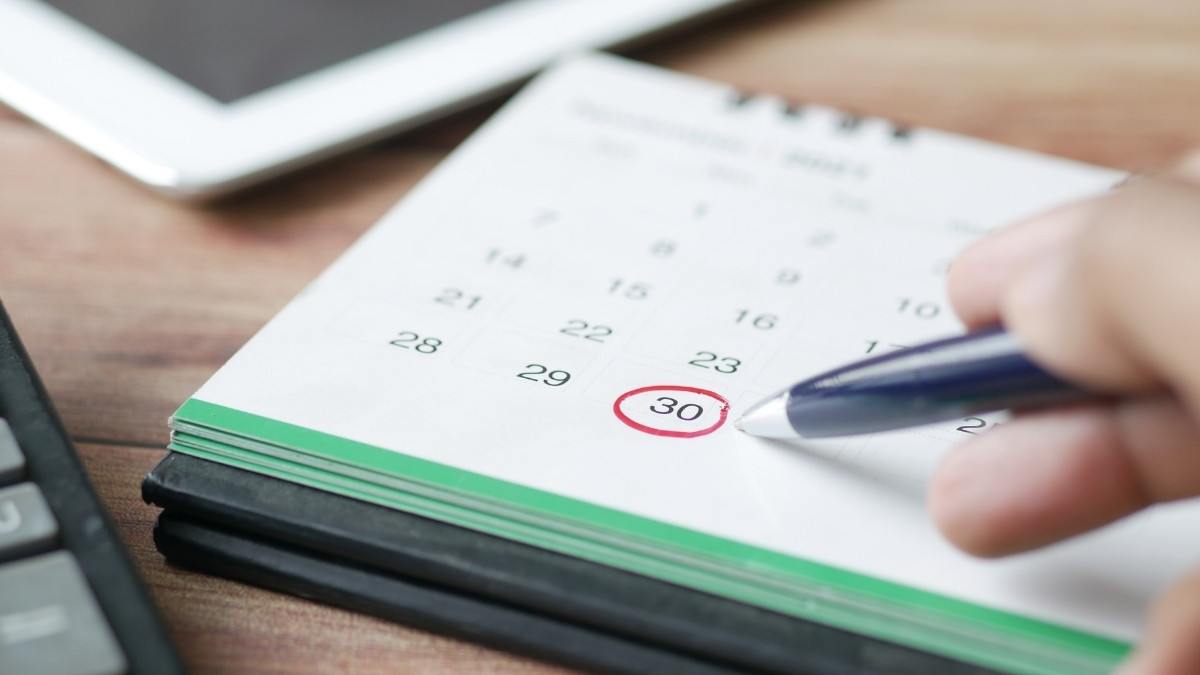
Here is your starting plan for this week. Do 2 sets of 8 to 10 repetitions (reps) for each exercise. A repetition is one full movement.
Rest for about 60 seconds between each set. This lets your muscles recover. Listen to your body and never push through sharp pain.
How to Get Stronger
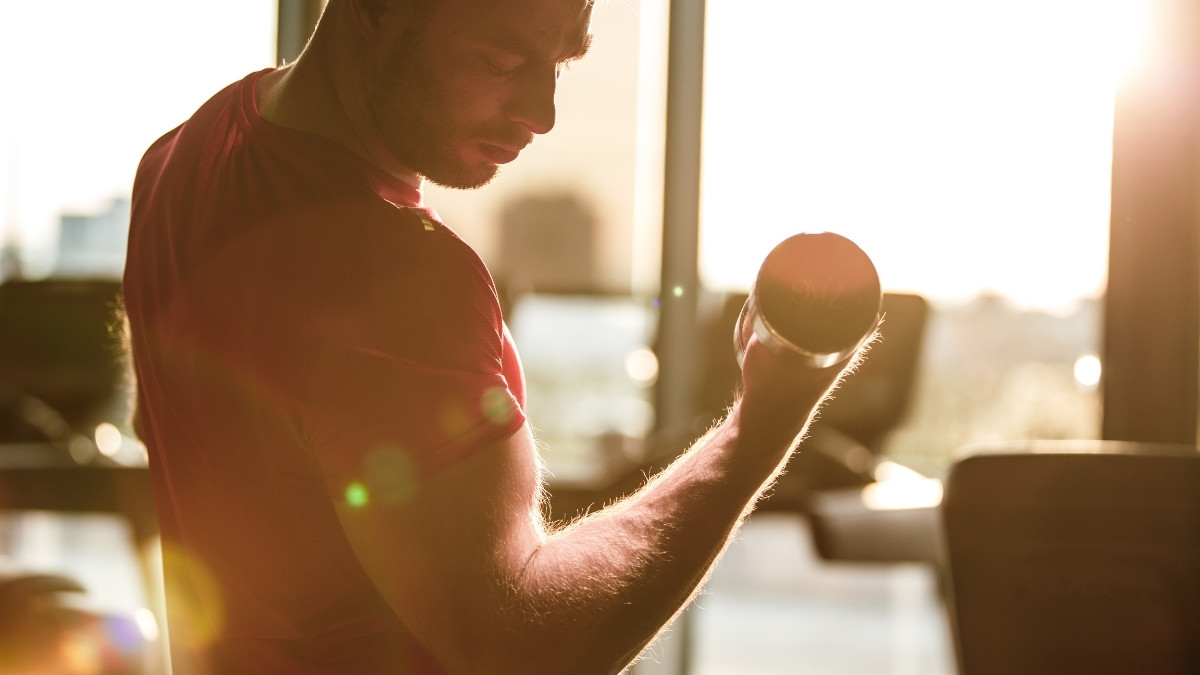
This is the secret to building muscle. It is called progressive overload. It just means making the exercise a little harder over time.
When 10 reps feel easy, aim for 12 reps on your next workout. Once you can comfortably do 3 sets of 12 reps, you are ready for a new challenge. This is how you slowly and safely get stronger.
The “Age-Proof” Diet: Fueling Your New Muscle
You cannot build muscle without the right fuel. Your workout is the “signal” for your body to build. Protein provides the “bricks” to do the actual building. This repair and building process is called muscle protein synthesis.

So, how much do you need? Research suggests older adults often need more protein for seniors than the standard recommendation. Forget the complicated math. A simple, effective rule is to aim for a palm-sized portion of protein at every single meal.
You can easily find these high-quality muscle building foods. Focus on sources like:
- Eggs
- Greek Yogurt
- Chicken and Turkey Breast
- Fish (like salmon or cod)
- Tofu, Lentils, and Chickpeas
You likely do not need expensive supplements. If you struggle to eat enough, a protein powder can be a simple way to fill the gap. Also, ask your doctor to check your Vitamin D levels, as it is vital for muscle and bone function.
“Am I Too Old?” and Other Myths Holding You Back
The biggest hurdle to starting is often in your head. Let’s clear up a few common fears that get in the way of building strength and finding the motivation to exercise.

Myth: “I’m too old. Is it too late to build muscle?” Fact: No. Studies show people in their 80s and 90s can successfully build muscle. As experts on aging often say, your body’s ability to grow stronger never truly gets “too old.”
Myth: “I’ll get hurt.” Fact: This safe strength training plan uses simple, controlled movements. The risk is actually in not moving, which leads to weakness and a higher chance of falls.
Myth: “I’ll get bulky.” Fact: This is a very common fear, but it is not possible with this type of training. You will build lean, functional muscle that makes you feel toned and capable, not “bulky.”
You also need to know the difference between “good” sore and “bad” pain. It is normal to feel some muscle soreness one or two days after exercise. This means your muscles are adapting. Stop immediately if you feel any sharp, sudden, or joint pain. That is your body’s signal to rest.
At the Last,
You don’t need a gym or a complicated plan to build ‘age-proof’ muscle. By starting with simple, consistent movements, fueling your body with protein, and resting, you are actively fighting age-related muscle loss.
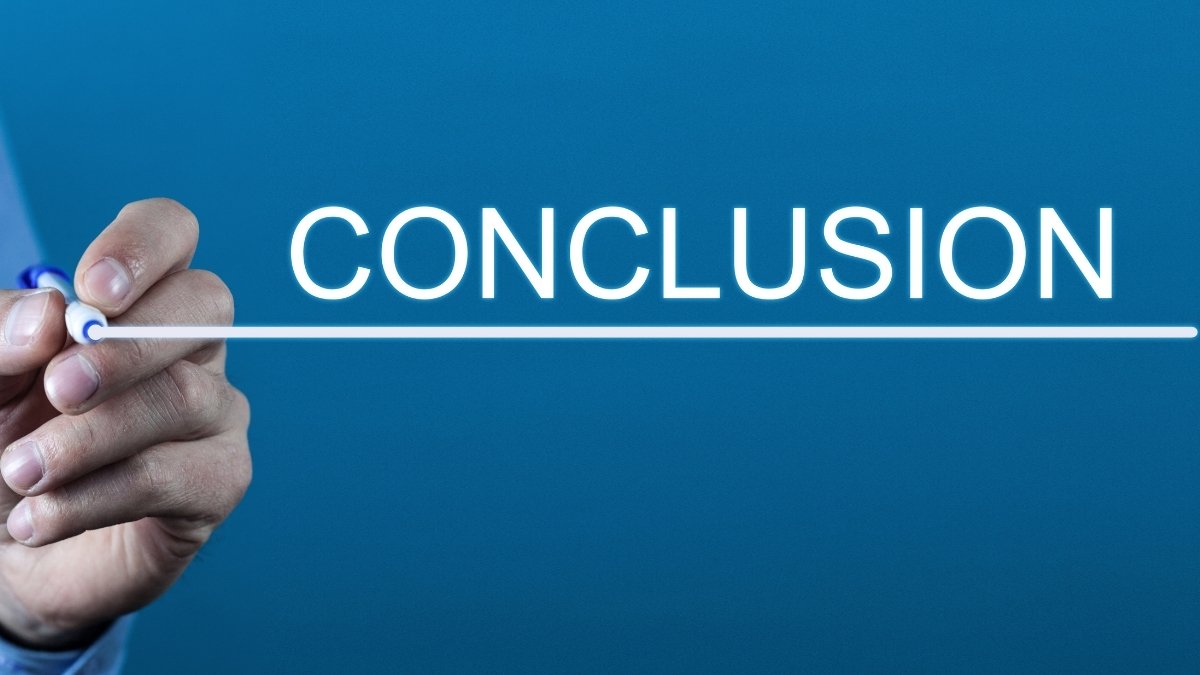
Your first step is tiny and immediate. Stand up right now and do 5 Chair Squats. That’s it. You have just started.
Bookmark this plan. Schedule your first full workout for tomorrow. It’s never too late to get stronger and ‘age-proof’ your life.

